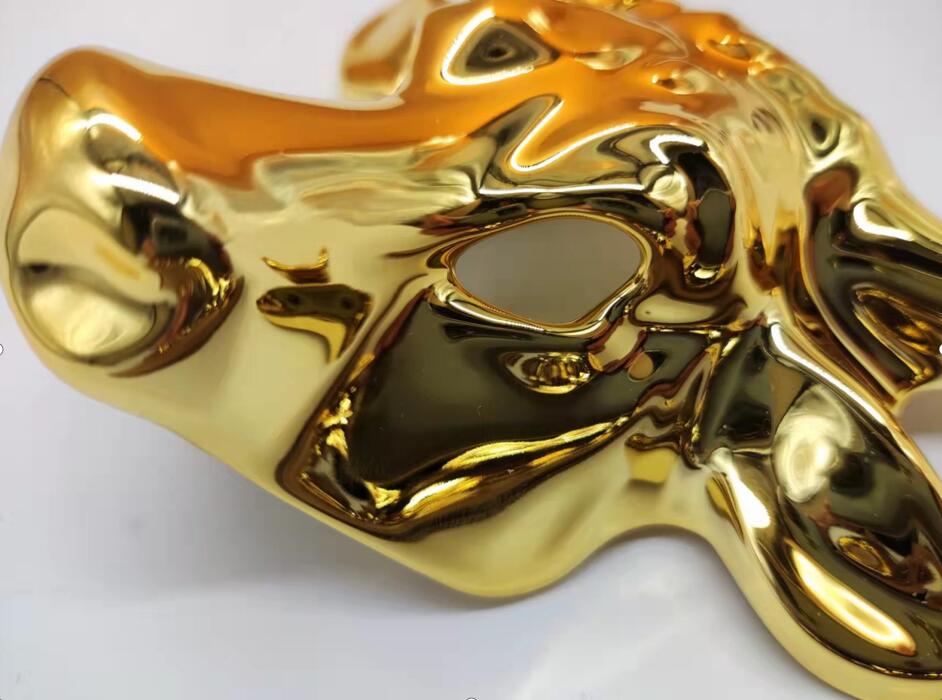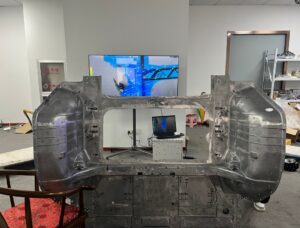Electroplating Vs Physical Vapor Deposition (PVD) Coating
What is Electroplating?
The tool is placed inside a liquid solution and connected to a cathode, or negative pole of a power supply (think negative wire to a car battery). The material you wish to coat the tool with is connected to the anode, or positive pole, and placed in the solution, too.
The negatively charged tool attracts ions from the positively charged coating material, and a layer of coating is formed. The tool is left in the solution long enough to attract the desired thickness of coating, then removed. The longer the tool is left in, the thicker the coating.
Popular coating materials include chrome, gold, silver, nickel, and copper. It should be noted that these materials can, and in many cases should, be applied in several layers depending on the material your tool is made of. For instance… if you have a silver tool, you’ll likely want to coat it with copper and nickel to give it the proper strength.
You can not plate certain materials like titanium, aluminum or polymers with electroplating.
That leads us to PVD.
What is Physical Vapor Deposition?
PVD coating is a process whereby the tool is placed in a vacuum chamber with the coating material. The coating material is then vaporized and applied to the tool as a coating. To ensure the tool is completely coated, it is rotated and repositioned during the PVD process.
What’s unique about PVD is that the coating becomes part of the mold. Where most mold coatings crack or wear with time, PVD mold coatings form an atomic bond with the tool that can’t easily be broken.
Compared to electroplating, PVD coatings have improved scratch and wear resistance, more color options, a cleaner, safer process, and offer the option of use after electroplating for wear-resistance and aesthetics. The process requires complex machines and skilled operators, which means a higher cost. Besides, it has a relatively slow operating speed.
If you want to learn more or finish your parts with PVD coating finish, please contact IN3DTEC for more information.
















